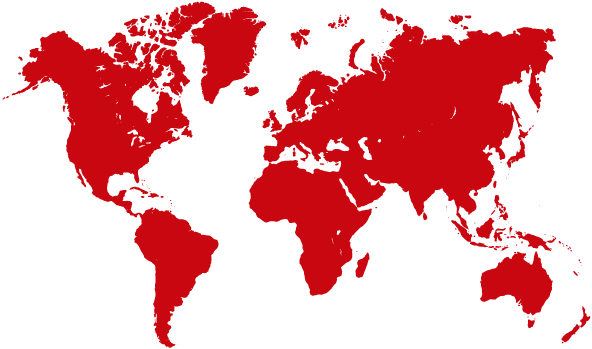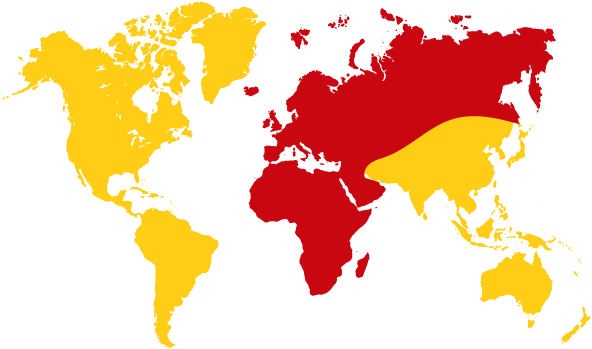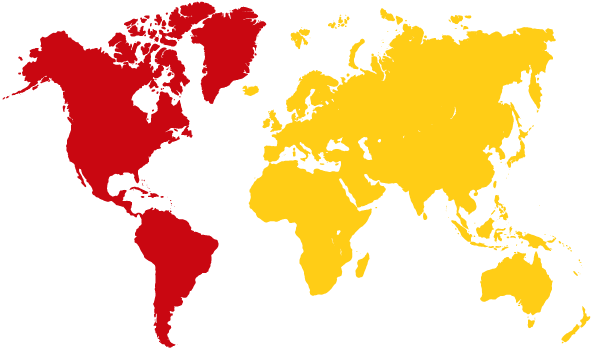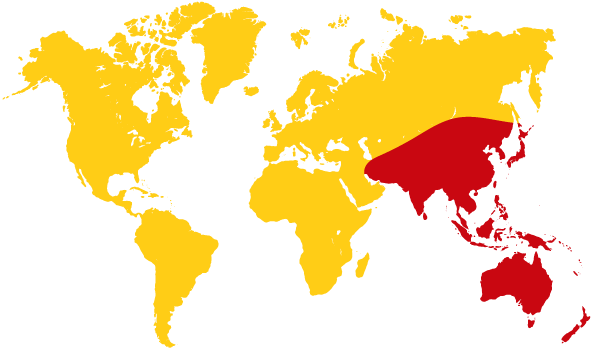Text of agenda item 1.14 and accompanying resolution 662 (WRC-23)
Existing allocations in 231.5–252 GHz
History and use of the allocations by the amateur and amateur-satellite services
The amateur and amateur-satellite allocations of 248–250 GHz (primary) and 241–248 GHz (secondary) were made at the 1979 World Administrative Radio Conference. The allocations have been used for terrestrial propagation experiments; communication over paths as long as 114 km has been achieved. No amateur satellites have utilized the allocation yet.
AI 1.14 – Review of EESS (passive) allocation requirements between 231.5 GHz and 252 GHz (July 2022)
The issue for the amateur and amateur-satellite services is to protect the primary allocation at 248–250 GHz and the secondary allocation at 241–248 GHz. Preparations for the agenda item are focused on the bands 239.2–242.2 GHz and 244.2–247.2 GHz. The fixed and mobile services have primary allocations at 239.2–241 GHz. It has been determined that these services are incompatible with extremely sensitive EESS (passive) systems, so the possibility of shifting the fixed and mobile services to 235–238 GHz is being explored. There is no indication that changes in the amateur and amateur-service allocations are being considered.



